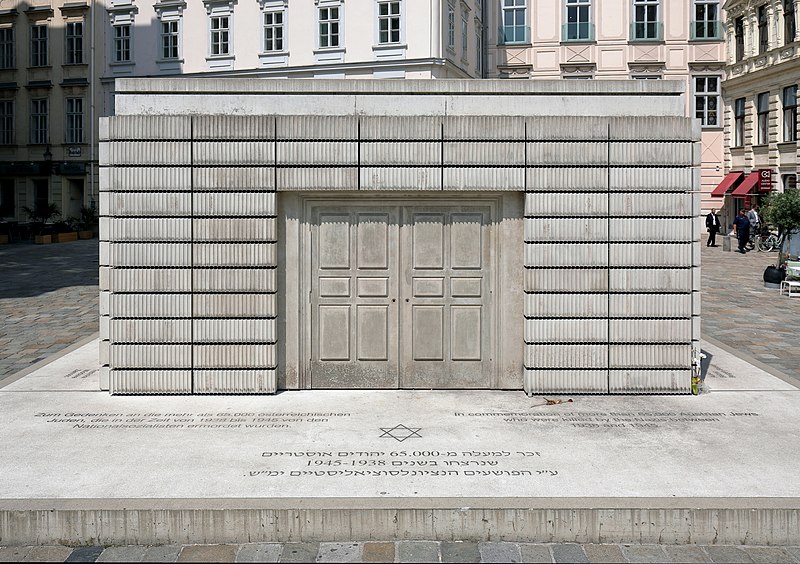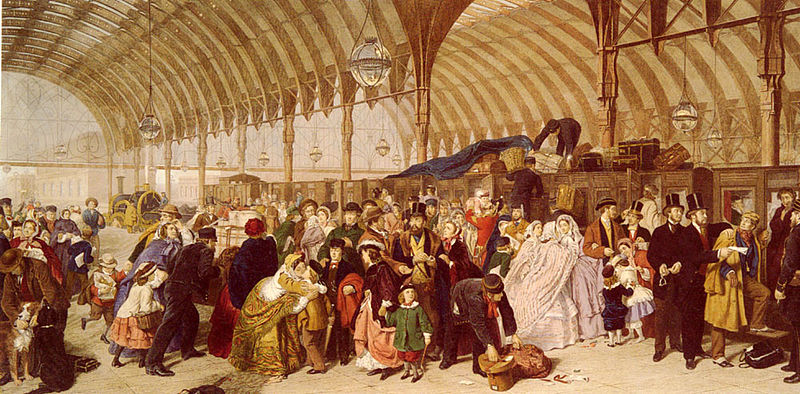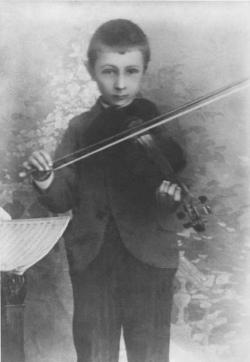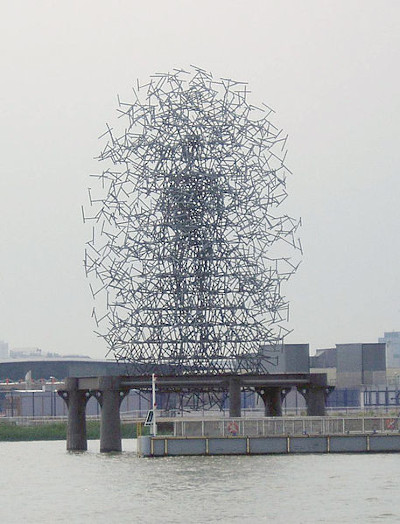Financial publisher Gilbert Kaplan fell so in love with Mahler’s second symphony that he bought the manuscript, paid musicians to teach him to conduct it, rented Avery Fisher Hall, and led the American Symphony and the Westminster Symphonic Choir through a performance of his own in 1982.
The orchestra had requested that no reviews be published, but the Village Voice published one anyway — and it was favorable. So Kaplan conducted the symphony another 100 times throughout his life and recorded it twice, with the London Symphony Orchestra and the Vienna Philharmonic. Opinions were mixed, but he did receive some discerning praise. Of a 2008 performance with the New York Philharmonic, Steve Smith wrote in the New York Times:
That Mr. Kaplan is no professional conductor was immediately apparent. Square-shouldered and stiff, he indulged in no flamboyant gymnastics. He conducted from memory, beating time proficiently and providing cues as needed. Only in a few passages, like the pages of heavenly bliss just before the first movement’s tempo-sostenuto conclusion, did a curl of the lip suggest that he was swept up in his work. His efforts were evident throughout a performance of sharp definition and shattering power. From the acute punch of the opening notes, every detail of this huge, complex score came through with unusual clarity and impeccable balance. Every gesture had purpose and impact, and the performance as a whole had an inexorable sweep. … It seems likely that no one is better equipped to reveal the impact of precisely what Mahler put on the page.
But trombonist David Finlayson called the same performance a “woefully sad farce,” and Kaplan wasn’t asked back. “I don’t think anyone will confuse me with Lorin Maazel when it comes to technique,” he said, “and I may need to speak more than somebody who is more skillful, like Lorin, but I do get the results I want, and I did get the results I wanted that night. If some people are displeased, I can’t help it.”






